Welcome to Woodcarver Online Magazine Volume 19 Issue 5
2015 International Woodcarvers Congress
3rd In Group — Miniature — (Max Size 3″ x 3″ x 3″ Cube), 2nd In Class 1o01 — Animal/s
Play Time
2′ x 2″ x 2″
Lila Gilmer, Simpsonville SC
Hello, Friends in Carving -
We are pleased to welcome Helvie Knives as the newest sponsor of Woodcarver Online Magazine and CarversCompanion.com. Helvie Knives offers a variety of high quality hand-make knives, including the Signature Collection and custom blades and handles. Click on the graphic in the Sponsor sidebar to visit the Helvie website.
In this issue:
- Susan Alexander’s Let’s Talk Carving #11
- Ol’ Don’s Drawing Table: Treetop
- Pete LeClair: Hamilton
- Call For Photos — Santa Gallery 2015
Coming up in October:
- Photo Gallery - International Woodcarver Congress 2015 Winners
- Events, Happenings and Goings-On Updated
- Notes From The Net
- Susan Alexander’s Let’s Talk Carving #12
- Book Reviews
As always, we welcome your feedback, ideas for articles, etc. Please use the contact form on the About page in the menu bar above.
Enjoy!
Matt Kelley
Editor/Owner

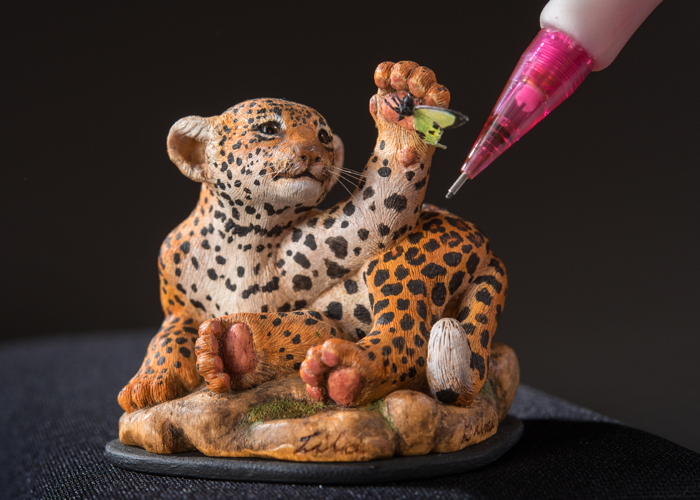









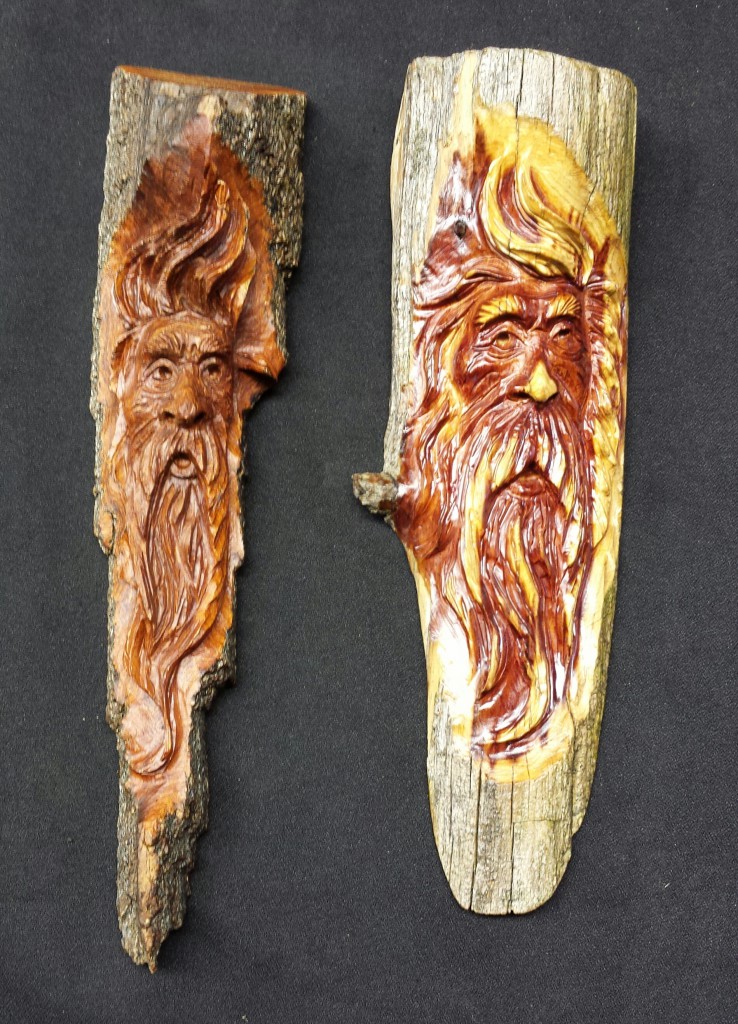










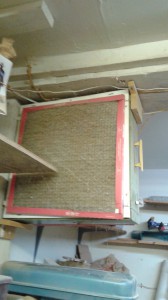

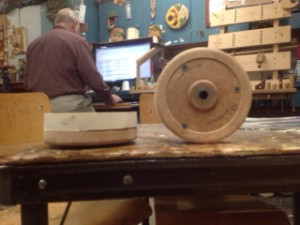












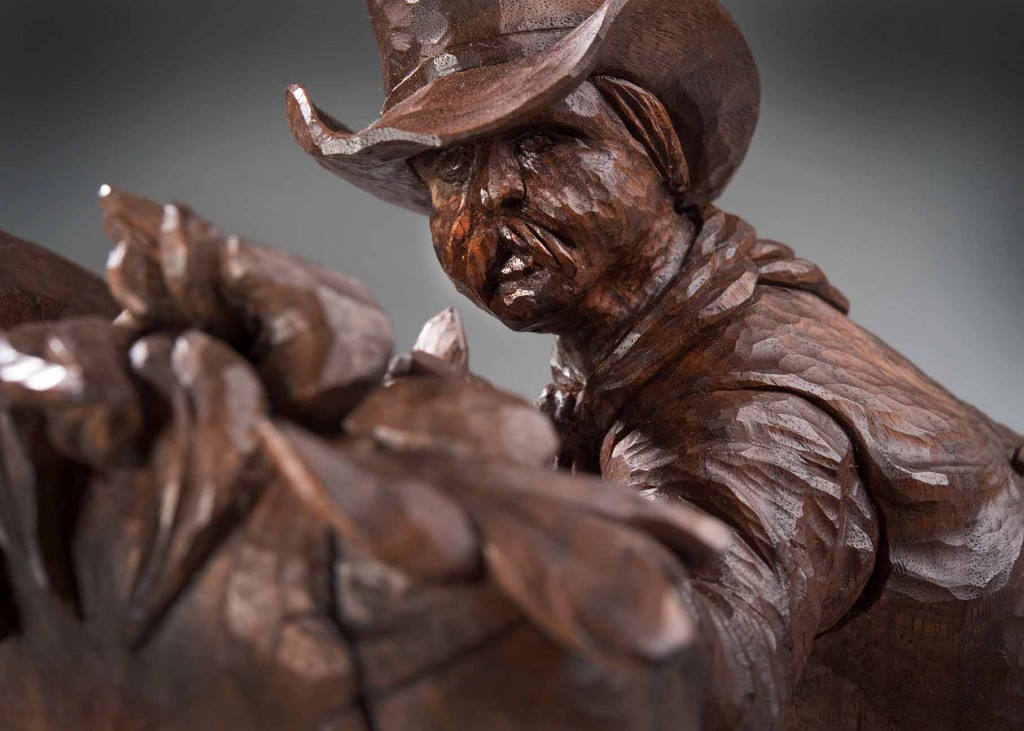

Recent Comments